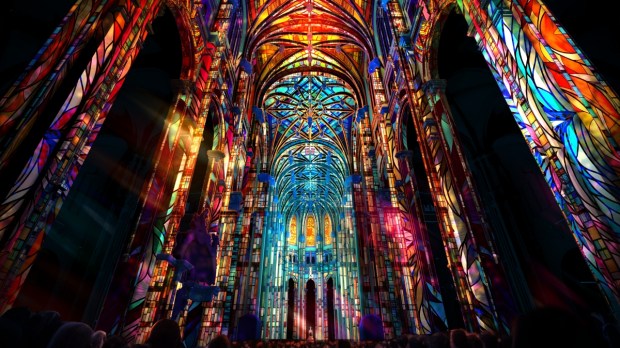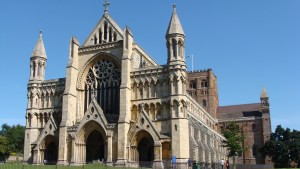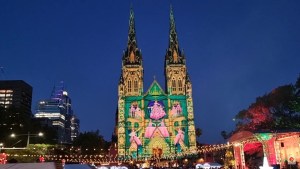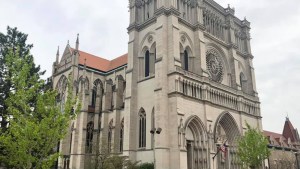In the Halles district of Paris, France, between the Bourse du Commerce museum and the busy Rue Montmartre, you have to look up to see Saint-Eustache. The church towers high above the roofs of Paris’ 1st arrondissement, imposing and slender. Coincidentally, it’s in this jubilee year of the 800th anniversary of the founding of its parish that the Luminiscence team has set up shop in the nave of the building. Since February 16, Saint-Eustache has been shining with new brilliance.
An immersive experience with soul
Romain Sarfati, co-founder of the Luminiscence project, has been producing immersive experiences for the past 10 years, enough time to become a specialist in the technique. One day, an idea sprang to his mind: to imagine an immersive experience, this time projected in a sacred space, far from the spaces that saw the birth of the technique. The project was born: to recount the story of the art of French cathedrals inside the spaces themselves.
The project is all the more admirable and audacious for Romain, who frankly admits: “And yet, I’m not of the Catholic faith.”
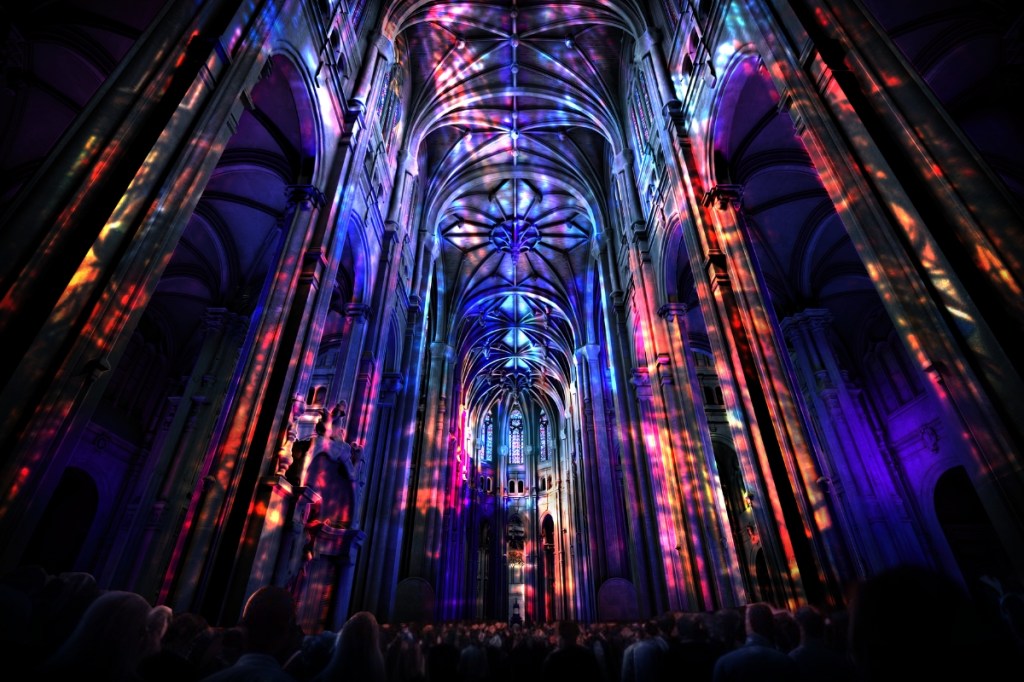
The project is in line with what cathedrals always used to be, from the Middle Ages to the Renaissance. “Visiting a cathedral was a real spectacle in itself for the people of the time, whether thanks to the play of colors, the light, the paintings, or music. They were teeming with life.”
The project took shape to “enable the public to relive this sense of wonder, at a time when people visit our religious heritage without experiencing the same vibrancy as the generations that preceded us.”
The projection system, a veritable technological feat, adapts to every architectural element of the church, down to the last centimeter. “We are sculptors of light and color, like the great builders who brought sacred monuments to life,” says Romain Sarfati. This, too, is what the narrator emphasizes: “I like to call the great builders, these forgotten heroes, the stonemasons of prayer. That’s how they opened their way to heaven.”
Revitalizing churches while respecting their purpose
It was by working closely with the church’s rector (who reviewed and approved the show) and his pastoral team, that the show took shape. They also had the agreement of the local bishop — in this case, Archbishop Laurent Ulrich of Paris.
This was also the case for Bordeaux’s Cathedral of Saint-André. That’s where Luminiscence screened the first version — adapted to the church’s architecture — at the end of 2023. After welcoming almost 90,000 spectators in Bordeaux, Luminiscence is expecting 80,000 visitors at Saint-Eustache, before moving on to Lille Cathedral in April, Rouen in September, and a little later to cathedrals in eastern France.
Despite what could be considered a disappointing and superfluous first half, in which the audience is invited to wander around the cathedral, following caricatured, poorly-dressed actors, the show itself is quite marvelous. It’s important to realize, however, that it’s designed for an audience that comes from all walks of life. That’s the richness of it, and the pitfall, which is why it’s so difficult to pray during the first part.
The “Cosmos” or “infinity” — why not God?
The show is divided into four acts, each dealing with a different theme: architecture and construction, light through stained glass windows and the passage of time, music through the ages, and finally, the opening to infinity. An infinity named God? “We leave it up to each individual to interpret the theme freely,” says Romain Sarfati.
The bishop of Bordeaux, Jean-Paul James, told me that he had found elements in the narrative that touched him and led him to pray several times during the show. “The narrative respects the religious purpose of the building, which was designed to draw people closer to the divine.”
It’s a shame, however, that the projection ends with a breathtaking “Cosmos” whose name we’d have liked to have been God.
